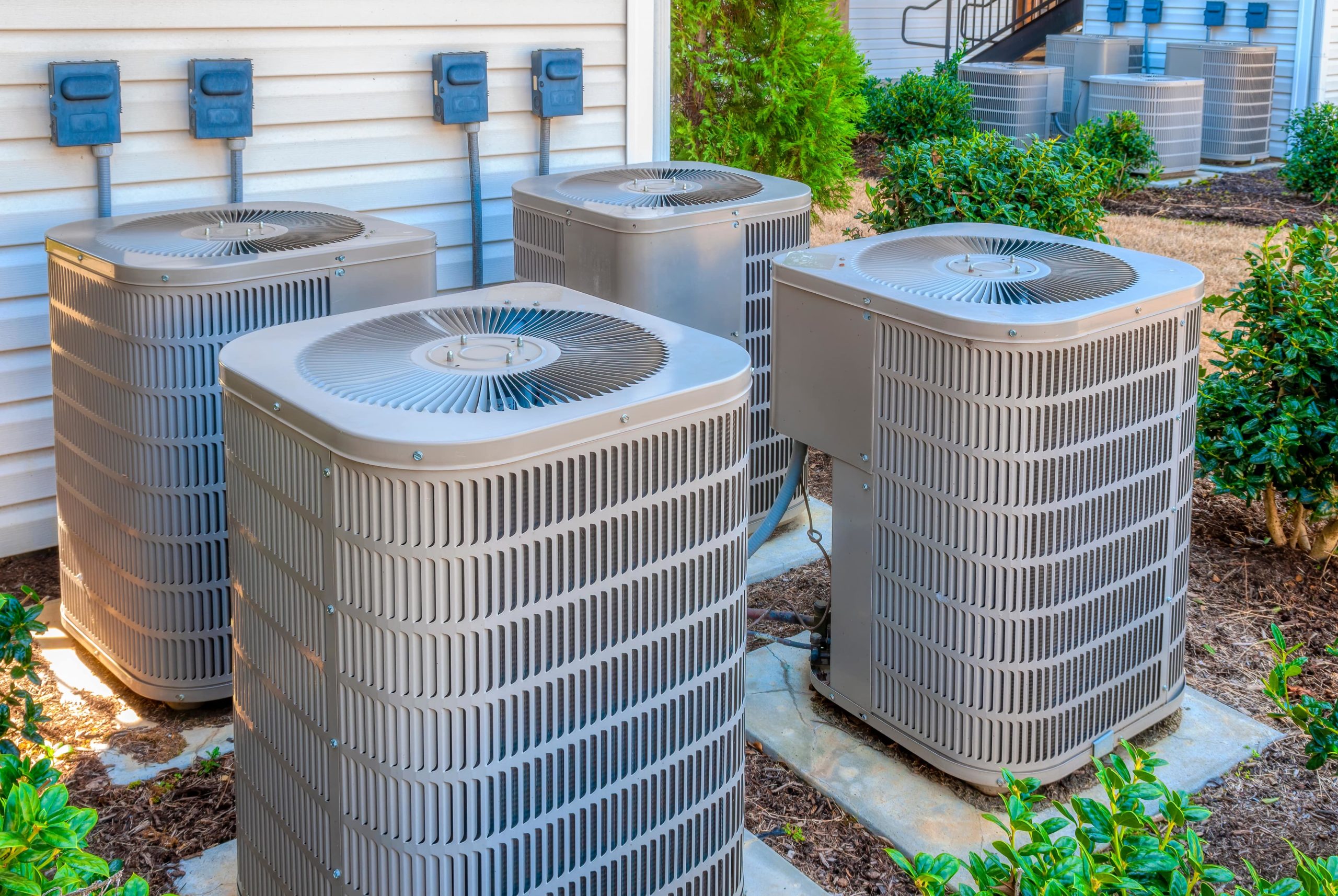Introduction
Air conditioning unit has become indispensable to our lives as the world gets warmer. It provides a much-needed respite from the heat and humidity and makes our homes and workplaces comfortable. However, traditional air conditioning units have their drawbacks. They consume a lot of energy, are inefficient, and can harm the environment. Several emerging technologies have been developed to address these issues that promise to revolutionize how we cool our spaces. This article will examine some of the most promising developing air conditioning technologies and compare them to standard A/C systems.
Smart Thermostats
Smart thermostats are upgraded versions of standard thermostats that control the temperature of your home or workplace using internet connectivity and machine learning. They are designed to learn your habits and preferences and adjust the temperature accordingly, leading to increased energy efficiency and reduced energy bills.
Smart thermostats use a combination of sensors, algorithms, and machine learning to analyze your usage patterns and adjust the temperature accordingly. They can be remotely controlled via a smartphone app or voice commands, and some models can even integrate with other intelligent home devices, such as lighting and security systems.
One of the main benefits of smart thermostats is increased energy efficiency. They can learn your schedule and automatically adjust the temperature when you are away, saving you money on your energy bills. Additionally, some models can detect when you are nearing home and adjust the temperature accordingly, ensuring you arrive in a comfortable environment.
Variable Refrigerant Flow (VRF) Systems
Variable refrigerant flow (VRF) systems are air conditioning systems that use refrigerant to cool or heat multiple spaces within a building. Unlike traditional A/C units that use a single compressor to cool the entire building, VRF systems use multiple compressors to control zoned temperatures.
VRF systems consist of an outdoor unit that houses the compressors and an indoor unit installed in each building zone. The outdoor unit pumps refrigerant to each indoor unit, using a heat exchanger to either absorb or release heat, depending on whether heating or cooling is required.
One of the primary benefits of VRF systems is their energy efficiency. Because they allow for zoned temperature control, they can cool or heat only the required spaces, reducing energy waste. Additionally, VRF systems are highly customizable and can be modified to satisfy a building’s unique requirements.
Geothermal Systems
Geothermal systems, a type of air conditioning, utilize the earth’s natural heat reserves to warm and cool a structure. They use a network of pipes buried beneath the ground to circulate a fluid that absorbs or releases heat, depending on whether heating or cooling is required.
Geothermal systems use a series of pipes buried in the ground and filled with a fluid, typically a mixture of water and antifreeze. The fluid absorbs heat from the ground and carries it into the building, which is used to heat the air. Summertime sees a reversal of this process, with the fluid receiving heat from the inside air and discharging it into the ground.
Geothermal systems offer several benefits over traditional A/C units. They are highly energy efficient, using the natural heat stored in the earth to provide heating and cooling, rather than relying on electricity. They are a cost-effective alternative in the long run because of their extended lifespan and little maintenance needs.
Nanotechnology
Nanotechnology is a science and engineering area that deals with the microscopic, usually molecular or atomic, manipulation of matter. It has numerous applications, including electronics, medicine, and the energy industry.
Nanotechnology can be used to improve the efficiency and performance of A/C units. For example, researchers are exploring the use of nanomaterials in the construction of A/C components, such as heat exchangers and filters, to improve their heat transfer and airflow properties. Additionally, nanotechnology can create coatings that prevent the growth of bacteria and other microorganisms on A/C components, improving indoor air quality.
Nanotechnology can improve the energy efficiency and durability of A/C units, reducing energy waste and maintenance costs. Additionally, nanomaterials and coatings can improve indoor air quality by reducing the growth of bacteria and other harmful microorganisms.
Air Purification Technologies
Air purification technologies are designed to improve indoor air quality by removing harmful particles and pollutants from the air. These technologies can be integrated into A/C units to create a healthier and more comfortable indoor environment.
Air purification technologies use various methods to remove particles and pollutants from the air, including filtration, UV-C radiation, and electrostatic precipitation. In A/C units, these technologies are typically integrated into the air handler or ductwork, where they can effectively capture and remove contaminants.
A/C units can benefit from air filtration technology, improving indoor air quality, reducing allergy and asthma symptoms, and a cleaner, healthier indoor environment. By limiting the accumulation of dust and other particles on the components, these technologies can also contribute to extending the lifespan of the A/C unit.
Conclusion
In this article, we have explored several emerging technologies in A/C units that have the potential to revolutionize the way they cool our buildings. We discussed the importance of air conditioning and the traditional A/C unit before diving into the benefits of adopting emerging technologies in A/C units. We then looked at several specific technologies, including smart thermostats, VRF systems, geothermal systems, nanotechnology, and air purification technologies.
Smart thermostats stand out as a promising innovation of all these emerging technologies. These devices offer numerous benefits, including improved energy efficiency, greater control over temperature settings, and the ability to integrate with other intelligent home devices.
As these emerging technologies evolve and improve, we expect more significant benefits in energy efficiency, cost savings, and environmental sustainability. Mybrighthaus is one of the leading providers of innovative home technology and energy management systems. They are well-positioned to help businesses and homeowners utilize these emerging technologies in A/C units.








